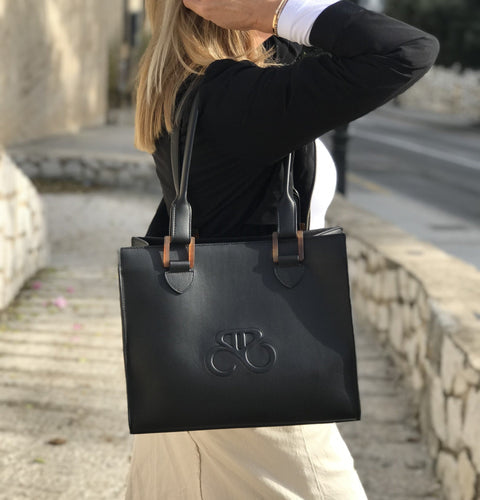When we talk about slow fashion, we do so in contrast to fast fashion. Let's look at the difference between these concepts and the characteristics of each one.
"Slow fashion" and "fast fashion" are terms that describe two very different approaches to the production, consumption and environmental impact of clothing. Below is a breakdown of each:
Fast Fashion
- Definition : Fast fashion refers to the mass production of fashion-related products, the purpose being to produce at low cost, with designs to be in tune with the latest fashion trends. Fast fashion brands launch multiple new collections a year, often inspired by the latest catwalks or celebrities trying to influence people's minds to lean towards buying products that are trending.
-
Characteristics :
- Mass Production : Large quantities of clothing are produced quickly and cheaply, often using labor in questionable conditions.
- Low Prices : The goal is to offer clothing at very affordable prices, which facilitates frequent consumption and garment rotation.
- Short Life Cycle : Fast fashion clothing is designed to be worn for a short period and then discarded as trends change rapidly.
- Environmental Impact : Fast fashion has a huge negative impact on the environment due to the high demand for natural resources, intensive use of chemicals and generation of textile waste.
- Working Conditions : Fast fashion brands often rely on factories in developing countries, where working conditions can be poor and wages low.
Slow Fashion
- Definition : Slow fashion is a movement that promotes a more conscious and sustainable approach to the production and consumption of clothing. It focuses on quality over quantity, and creating long-lasting garments that don't blindly follow trends.
-
Characteristics :
- Ethical and Sustainable Production : Priority is given to manufacturing clothing under fair working conditions, with decent wages and practices that minimize environmental impact.
- Quality over Quantity : Slow fashion focuses on low-quantity but high-quality productions that are designed to last, both in terms of durability and style.
- Conscious Consumption : Slow fashion consumers tend to buy fewer pieces, but invest in those they truly value and will use for a long time.
- Reduced Environmental Impact : By producing smaller quantities and focusing on sustainable materials and practices, slow fashion seeks to significantly reduce the environmental impact of the industry.
- Timeless Design : Instead of following seasonal trends, slow fashion focuses on classic, timeless pieces that will stay relevant for years to come.
Comparison and Contrast
- Speed and Volume : Fast fashion is based on mass and rapid production and consumption, while slow fashion promotes a slower pace and a smaller quantity of pieces, but of higher quality.
- Sustainability : Slow fashion is focused on sustainability and ethics, while fast fashion is often associated with unsustainable practices and labor exploitation.
- Impact on the Consumer : Fast fashion encourages impulsive consumption and constant turnover, while slow fashion encourages a more thoughtful and conscious approach on the part of the consumer.
In short, while fast fashion offers easy and cheap access to the latest trends at the cost of a high environmental and social impact, slow fashion seeks to create a more sustainable and ethical fashion system, focusing on quality, durability and respect for workers and the environment.



